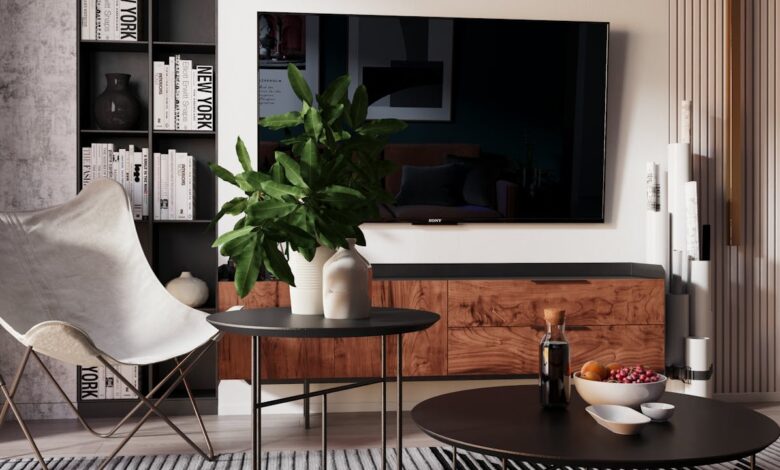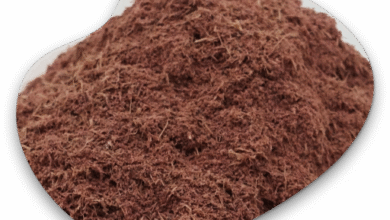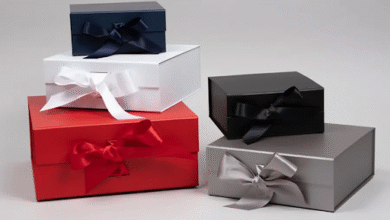Modern Interior Design: 5 Trends to Look For 2025

In 2025, modern interior design will focus on a harmonious blend of sustainability, innovation, and timeless aesthetics. It emphasizes designing places that are as aesthetically pleasing as they are functionally useful by means of careful design, thereby improving daily living.
Interiors exude warmth and sophistication while, however, addressing the needs of modern living by seamlessly combining natural materials with technological technology. These trends reflect a dedication to personal expression, environmental responsibility, and respect for workmanship, therefore producing environments that feel both unique and universally appealing.
1. Biophilic Design and the Seamless Integration of Nature
By emphasizing the connection between humans and the natural world, the biophilic design keeps ruling modern interiors with harmonic environments that feel both peaceful and energizing. Natural materials, textures, and colors are included in this style to create homes that encourage general well-being and relaxation. While living walls, indoor plants, and even water elements bring vitality and freshness into the house, large windows, skylights, and open layouts enhance natural light.
Organic materials like bamboo, stone, and wood give furniture and finishes authenticity, depth, and warmth; they also blend perfectly with contemporary design. In textiles, wallpaper, or even flooring, nature-inspired designs further enhance this connection by providing visual interest while keeping a harmonic, earthy palette. This method not only enhances indoor air quality but also creates a relaxing and revitalizing environment perfect for modern living.
2. The Rise of Sustainable and Eco-Friendly Materials
As environmental awareness grows, sustainable materials take center stage in interior design. Responsibly sourced, recycled, upcycled materials redefine luxury and help to create a more sustainable world. Reclaimed wood furniture, organic fiber textiles, and countertops constructed of recycled glass or composite stone all reflect this eco-friendly ethos. Designers choose items that last rather than follow trends since they concentrate on durability and timelessness.
Low-VOC (volatile organic compounds) paints and finishes provide a better interior environment while yet preserving a sophisticated look. Homes are transformed into beautiful spaces with a positive environmental impact thanks to this dedication to sustainability.
3. Multifunctional Spaces that Balance Work and Leisure
The changing needs of flexible living and remote work have reshaped the concept of space in homes and shifted priorities toward adaptability and usefulness. Nowadays, interiors stress multifunctionality and rooms meant to fit several uses. Built-in desks, modular shelves, and foldable furniture let you maximize limited space footage without compromising comfort or elegance; they also guarantee simplicity of rearrangement as needs evolve. Sliding doors and partition walls create movable borders that provide privacy for study or work and can quickly open areas for leisure or guest entertainment.
Thoughtful layouts and clever storage solutions guarantee that every inch of space is used efficiently, therefore combining design with utility to satisfy the several needs of a hectic lifestyle. This tendency reveals a great awareness of the need for flexible, adaptive environments to meet current living requirements.
4. The Use of Statement Décor for Personal Expression
Personalized interiors are more important than ever in 2025, with statement décor playing a critical role in expressing individuality. The character of a space is defined by focal points such as striking furniture, big art installations, and distinctive lighting fixtures.
Warm earth tones to vivid jewel hues make dynamic and visually appealing homes possible from color palettes. An easy yet powerful way to add character and charm to a space is with faux flower arrangements. These painstakingly crafted layouts provide the ease of long-lasting elegance while nevertheless reflecting the splendor of actual flowers. Strategically placed on bookshelves, dining tables, or mantels, they accentuate color and refinement without overpowering the overall decor.
5. Technology and Smart Integration for Effortless Living
Smart technology continues to transform modern interiors by seamlessly incorporating functionality into the design. From app-activated thermostats to voice-activated lighting systems, smart homes center on efficiency and ease.
Furniture with built-in sensors, wireless speakers, and charging connections demonstrates how form and invention may coexist. Smart appliances, automatic window shades, and touchless faucets simplify daily tasks and lower energy use. This combination of design and technology guarantees that your living areas are as intuitive as they are aesthetically pleasing, therefore redefining modern interior standards.
Conclusion
Modern interior design in 2025 reflects a turn toward settings combining sustainability, beauty, and utility. Incorporating biophilic design, environmentally friendly materials, multifunctional layouts, statement décor, and smart technology can help you build a house that fits modern sensibilities while remaining timeless in its appeal. These designs celebrate individuality and innovation, transforming your living spaces into timeless havens of style, comfort, and practicality.



